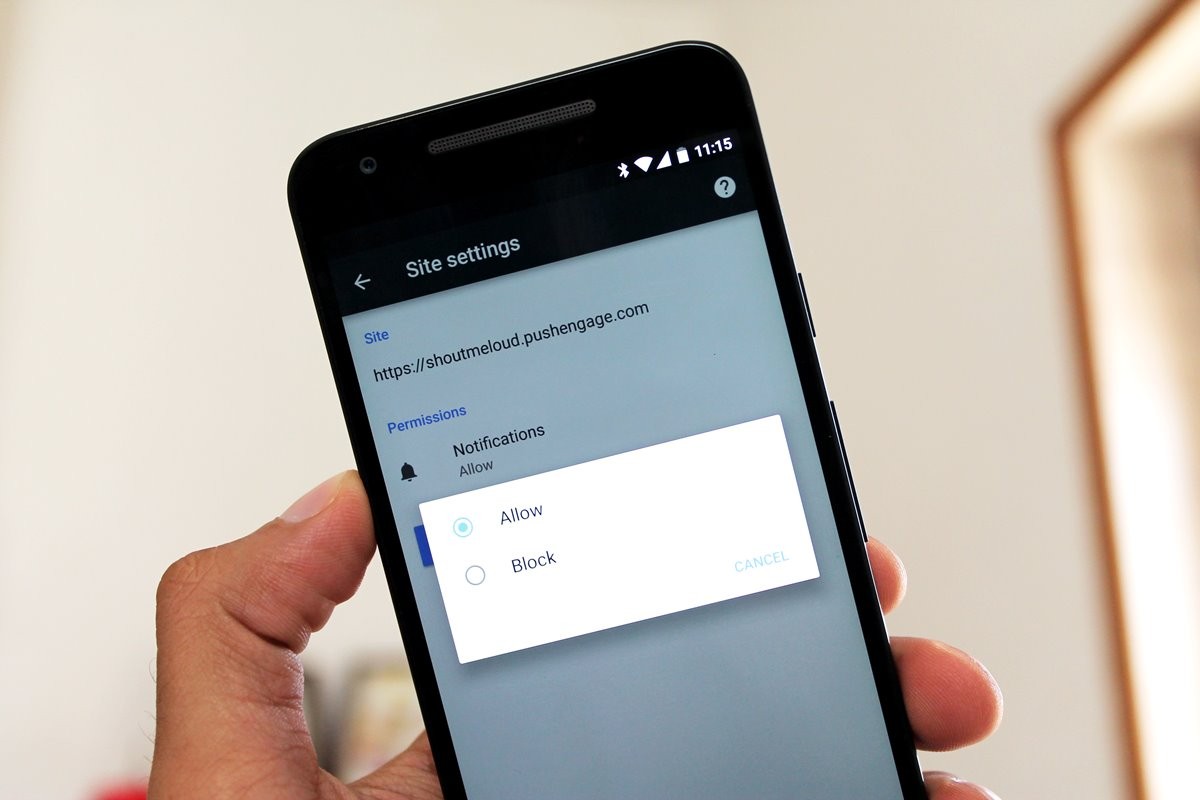

Privacy Badger works on Chrome, Firefox, and Opera. Usually, you’ll just have the option to disable the extension on just that page, allowing it to work again. But it’s worth noting that if you’re using one that wipes out too much of a page, it’s possible you’ll encounter situations where a website appears slightly broken. If it sees something pop up on two unrelated websites, the extension realizes it’s acting inappropriately and may move to block it.Īd- and tracking-blockers should work perfectly fine in most circumstances. Instead, the extension learns which trackers are misbehaving as you browse the web. Privacy Badger is a neat option because it doesn’t rely on someone else’s list of trackers and cookies to block. You can go with something as simple as a cookie blocker to something as thorough as a full-on ad blocker.įor the video above (and because, frankly, I’m employed by a website that makes money off of ads), I focused on one of the less thorough options: the Electronic Frontier Foundation’s Privacy Badger. Some are better than others, and some block more than others.
#IPHONE 1BLOCKER CHROME INSTALL#
Fortunately, you can install browser extensions to take care of those. Plenty of unnecessary trackers still make it through. The options above are helpful, but they don’t block everything. To check that it’s enabled, go to Preferences, then Privacy, and look for “prevent cross-site tracking.”īlock even more using a browser extension Safari: Apple actually activates this setting by default.Firefox: go to Preferences, Privacy & Security, then under the History section, switch “accept third-party cookies” to “never.”.Edge: go to Settings, view advanced settings, cookies, and then use the drop-down to select “block only third-party cookies.”.


You probably do want some degree of web tracking: for instance, you want Facebook to remember that you’re logged in every time you visit the site, even if you don’t want Facebook to know what other sites you’re visiting. That’s great for short and discreet browsing sessions, like if you need to buy a present for someone on a shared computer.īut it’s not great for long-term use. This mode is useful: it essentially starts up a fresh identity for you to browse the web with, then wipes it all as soon as you close the window. They all have them - Chrome, Firefox, Safari, Edge - but there are some key limitations here you should be aware of. You might be familiar with your browser’s private browsing mode. What isn’t private: private browsing mode Here are some of the steps you can take, from some basic settings changes to extensions you can install that’ll wipe out even more. The good news is that there are plenty of things you can do to browse the web a bit more privately to avoid being tracked. Sometimes that’s helpful, but a lot of it comes off as creepy, unwanted, and intrusive. We leave involuntary trails behind us as we browse the web, and websites and ad networks use this information to build profiles of what we like to target ads to us.

Some of our data gets there because we hand it over to websites willingly, but a lot of it doesn’t happen that way. In light of the recent Facebook scandals, we’ve become increasingly aware of how much data we leave behind online.


 0 kommentar(er)
0 kommentar(er)
